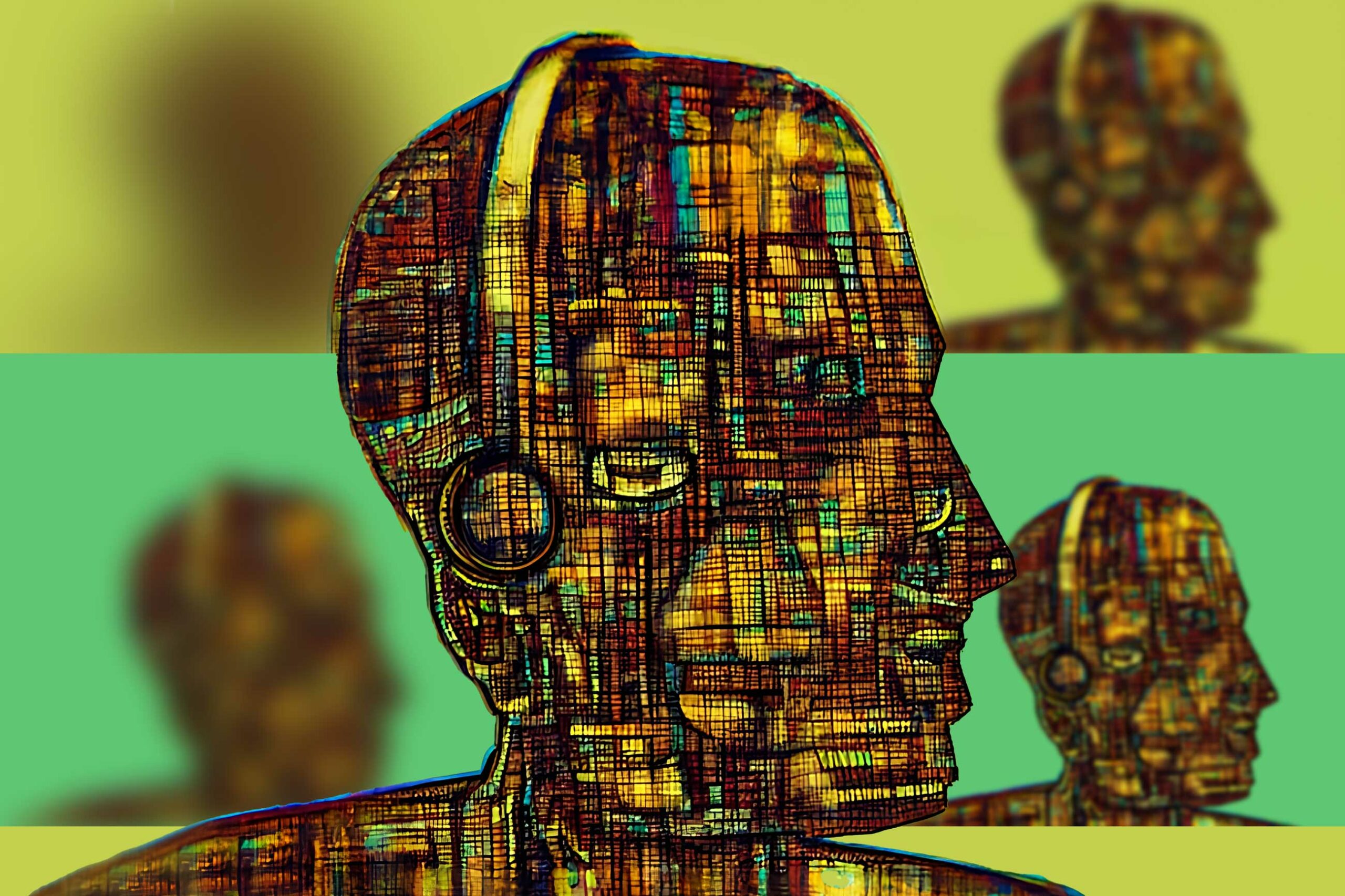Artificial intelligence (AI) is a subset of computer science that involves creating intelligent machines that can perform tasks that typically require human intelligence, such as recognizing speech, making decisions, and solving problems. Machine learning is a technique within AI that involves training a computer to learn from data, without being explicitly programmed.
While it is true that AI is developed by humans and its capabilities are limited to the data it has been trained on, AI can still outperform humans in certain tasks. This is because AI can process and analyze vast amounts of data much more quickly and accurately than humans can.
In terms of determining the difference between true and false teaching, AI can be designed to learn from reliable sources of information and to identify patterns and inconsistencies in data. However, it is important to note that AI is only as good as the data it has been trained on. If the data is biased or incomplete, the AI will also be biased or incomplete.
Therefore, it is important for humans to ensure that AI is trained on diverse and reliable data sources, and to continue to monitor and evaluate its performance to ensure that it is making accurate and unbiased decisions.
Artificial Intelligence (AI) and Machine Learning (ML) are two rapidly advancing technologies that are being used in a wide range of applications and industries. However, there are some key differences between the two, which it is important to understand in order to make the most of them. AI is the science of creating intelligent machines that can learn and reason like a human, while ML is the process of using algorithms to identify patterns within data sets and make predictions or decisions based on those patterns. AI is able to take in large amounts of data and draw conclusions and make decisions without any human input, while ML requires a human to first determine the right data and to provide a framework for the algorithm to work within. AI is also more capable of using previous experiences to inform future decisions, while ML is limited to the data it is provided with. For example, an AI-driven system may be able to identify what type of music a user likes and then use this information to recommend other songs. By contrast, an ML-driven system may be able to identify patterns in a user’s music preferences, but it won’t be able to understand why these preferences exist and use them to make predictions. Finally, AI is more adept at understanding complex problems and coming up with creative solutions, while ML is good at predicting outcomes and automating tasks. AI is able to take in more information and make decisions based on this data, while ML is better suited to repetitive tasks and data-driven decisions. In conclusion, it is important to understand the differences between AI and ML in order to make the most of these technologies. AI is able to draw conclusions and make decisions without any human input, while ML requires a human to provide a framework for the algorithm to work within. AI is better at understanding complex problems and coming up with creative solutions, while ML is better suited to repetitive tasks and data-driven decisions.
How Artificial Intelligence and Machine Learning Will Enhance Human Decision-Making
Artificial Intelligence (AI) and Machine Learning (ML) are transforming the way humans interact with technology and make decisions. AI and ML are used to automate tasks and processes, and to provide insights from large amounts of data. Through the use of predictive analytics and natural language processing, AI and ML can provide proactive and accurate insights to inform decisions. AI and ML can help to enhance decision-making by providing accurate, up-to-date, and contextualized data. AI and ML algorithms can identify patterns and trends in data that would be difficult or impossible for humans to identify. This allows for more informed decision making and a greater understanding of the implications of decisions. By providing data-driven insights, AI and ML can help to reduce bias and inaccuracies. AI and ML can also provide access to more data than humans can manage. AI and ML can collect, organize, and analyze a vast amount of data in a short period of time. This allows for more comprehensive assessments of complex problems and more accurate results. AI and ML can also provide more accurate predictions about the outcomes of decisions, allowing for more effective risk management. AI and ML can also facilitate more efficient decision making processes. AI and ML algorithms can automate repetitive tasks and processes, allowing humans to focus their attention on more complex tasks. AI and ML can also help to identify potential areas of improvement and suggest solutions, reducing the amount of time needed to reach a decision. In summary, AI and ML can enhance human decision-making by providing accurate, up-to-date, and contextualized data, facilitating more efficient decision-making processes, and providing data-driven insights to reduce bias and inaccuracies. As AI and ML technologies continue to evolve, their potential for improving decision-making will continue to increase.
